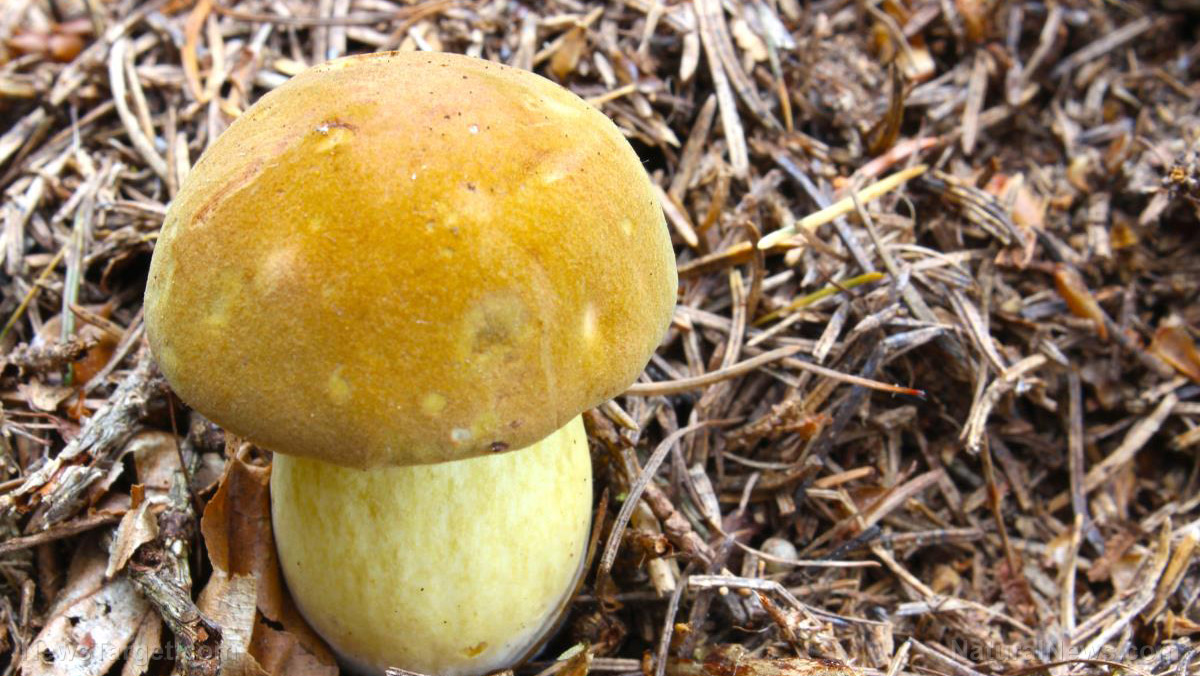
Cattails are easily recognizable. They have tall stalks that are topped off with growths that look like hotdogs. They thrive in wetlands, marshes, ponds, ditches, and lakes. They can grow up to 10 feet tall and have one-inch wide sword-like leaves with no central rib or branching. Each part of the plant can be used for various purposes.
Let’s begin with survival. Cattails are edible and while not exactly palatable, can be a great source of starch and carbohydrates. To get the most out of this plant, refer to this list. (h/t to WildernessCollege.com.)
- Stalks -- These are most delicious during spring. Stalks are edible up to two to three feet tall. Break a stalk off from the rhizome and then boil it. Peel the outer leaves until you reach its white core.
- Corms -- These usually appear during late summer but can persist through winter. Collect these horn-shaped roots above the rhizome and clean them. Peel the outer leaves to the tender core and then boil.
- Rhizomes -- These reach their highest starch levels during the fall to early spring. If you want to eat them whole, dig them out of the mud and clean them thoroughly. Cook these over a fire until the outside is charred or until the water runs out. Peel away the outside and gnaw on the starchy interior. If you’re planning on using the rhizomes as a flour, cut it to several pieces and soak these in water. This should allow the starch to settle at the bottom of a bowl. Drain the water and allow the starch to dry.
- Green flower heads -- These appear before pollination and sprout during late spring. This can be cooked and eaten like a corn on the cob.
Remember that cattails also absorb toxins from the areas where they are settled. Do not harvest cattails in areas that have heavy traffic, runoffs, or visible pollution. Rhizomes must always be washed and cooked very well.
As we mentioned earlier, cattails are excellent anti-coagulants. But during emergency situations, you can use the viscous substance between the leaves and the base of the stalk as a topical analgesic. This works well for minor burns. The substance is likewise a good antiseptic for minor wounds and insect bites. You can also grind the root and make a poultice. This provides a soothing sensation for burns and other infections.
Cattails may be used for utilitarian purposes too. The dried seed head can be used for tinder (we’d recommend pairing them with other types of tinder such as fluffed cedar bark to make the fire smolder better); insulation (pack these in between blankets for extra warmth); and as a torch (soak the head in tallow and you’ll have a torch that can last for around six hours).
The leaves can be used to:
- Make baskets
- Weave doors for shelters
- Make cordage
- Make sleeping bags
Lastly, take note that some people can confuse the cattail with a yellow-flag iris. The iris is extremely toxic and can cause damage to your health. Learn how to differentiate between the two. Yellow-flag irises have leaves that fan out from the base instead of coming together in one stalk. The leaves also contain a hard central rib and are flat instead of slightly rounded.
If you’re interested in learning more about more versatile plants, head on to Preparedness.news today.
Sources include:
Please contact us for more information.



















